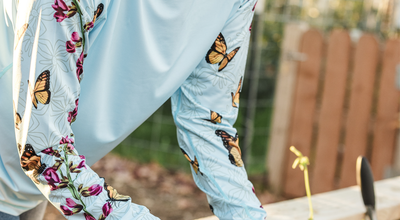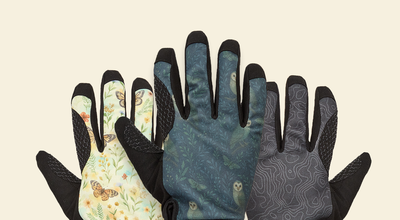Weed Control and Prevention
Let’s talk about weeds, the continuous threat to any garden. By definition, weeds are any plants that are growing where they shouldn’t be. Tomatoes growing in your rose garden would be considered weeds, but the weeds we will talk about are pesky plants that always seem to outcompete our fruits and veggies.
The most common weeds in a vegetable are those that grow and spread their seeds really fast (like fat hen and dandelion). These weeds tend to germinate early in spring and become large and established before any of our vegetable seeds even begin to germinate. The weeds then end up stealing the valuable sunlight and nutrients in the soil (not to mention all the space they take up), and our seedlings start out with a considerable disadvantage.

Where do these pesky plants come from?
Weeds are known to survive even the worst growing conditions, and one of their mechanisms is to spread seeds that can lie dormant under the soil for years and years until the light hits them. As soon as the seeds come into contact with sunlight, their growing process is kickstarted. So any process that brings soil from down under to the surface (like tilling and turning the soil) creates the perfect environment for weeds to grow. Weeds can also make their way into your garden by birds leaving their droppings behind and in compost that hasn’t been heated enough to kill all the seeds.
 How do we naturally control weeds?
How do we naturally control weeds?
As we mentioned earlier, most seeds of the common garden weeds need to come into contact with sunlight in order to germinate. So to prevent the seeds from ever getting started, we can focus on preventing light from getting to the weeds. No-dig gardening and lots of mulch are the two key ingredients to a weed-less garden.

Mulch-like cardboard and newspaper can be used to cover the soil surface both before and after you have started your planting. You can place the cardboard around your established plants and cut a hole through the mulch to plant your seedlings in. This smothers the seeds and prevents them from competing with your veggies. Once you have smothered the surface with cardboard or newspaper, apply a nice thick layer of compost topped with organic mulch-like wood chips. Even if the weed seedlings managed to germinate under the cardboard, they would struggle to grow through a thick layer of soil above it. Even if a weed or two makes it much easier to manage.

Another way of dealing with weeds is to outcompete them with your own plants. Fast-growing, ground-covering plants (like thyme) can dominate the soil surface and won’t give the weeds a chance to grow out. It’s best to use perennial cover crops that will already cover the soil in early spring when weeds start their invasion. Common cover crops that suppress weeds include oregano, thyme, and even mock strawberries. But the cover crop can be any plant you want to grow, as long as it is fast growing, it is a perennial (to control weeds in spring), and has a low growing growth habit.
No matter what method you choose to keep the weeds at bay, you will still need to go out into the garden regularly to pull out any weeds popping up where they shouldn’t. It's best to pull the weeds out when they are still young and tender before they have managed to compete with the plants you actually want growing.

What do you do with the weeds you pull out?
Most weeds are pioneer plants. They have developed crafty mechanisms to survive in even the most extreme environments. Part of their adaption to these environments is their root systems that can take up nutrients most of our vegetables would never get access to. It would be a shame to discard all these valuable nutrients mined out of the soil by these pioneer plants. When you place the leaves and the roots of the weeds back into your soil, you make all the nutrients it has accumulated available to the rest of your veggies. You can ‘chop-and-drop’ them (place them back on the soil surface after pulling them out) or add them to your compost heap. This only applies to weeds that have not yet developed any flowers or seeds. If you spot any weeds developing flower or seed heads, remove them from your garden as soon as possible. Please don’t add them to the compost heap (unless you are sure the temperatures will be hot enough to kill the seeds), and don’t leave them near your garden. The best way to deal with weeds that have developed seed heads is to ferment them in a bucket - you will end up with a super-rich fertilizer.












